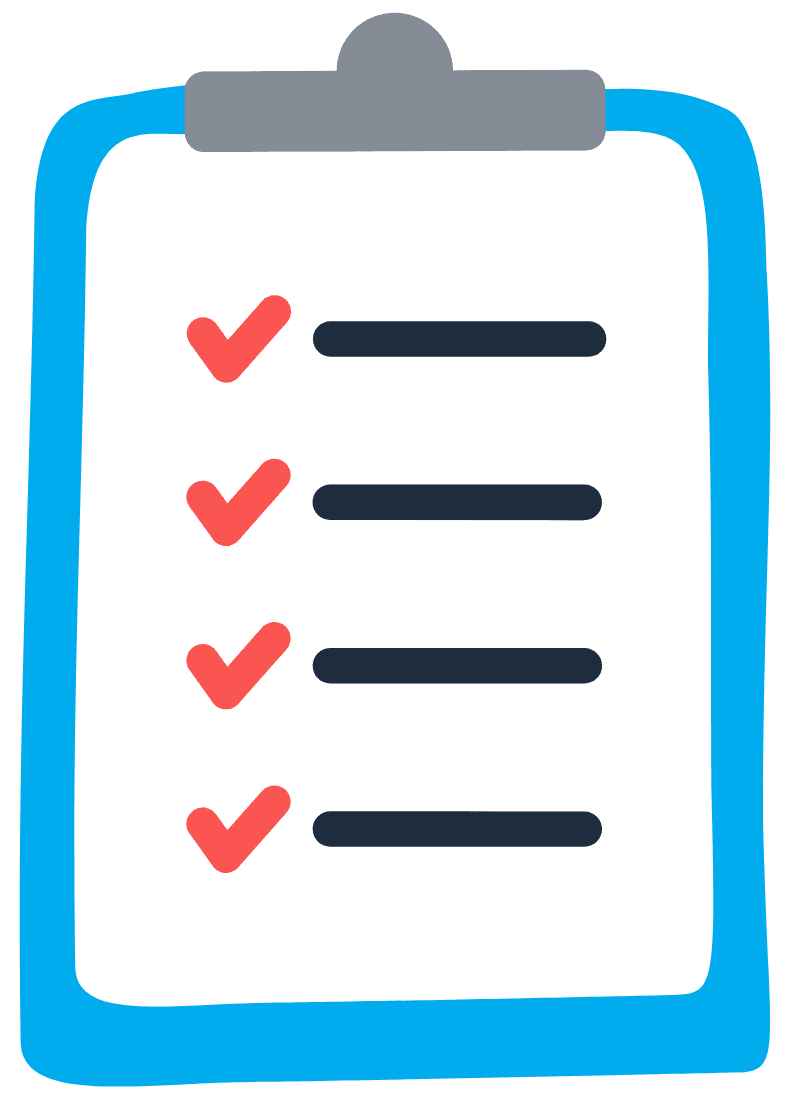Network-Based Listening: A Smarter Way to Drive Change

The "Trembling Giant" (Pando) in Utah's Fishlake National Forest. Image credit: George Rose via Getty Images.
One of the largest and oldest living organisms on Earth is a stand of Trembling Aspen in Utah, commonly known as Pando. At first glance, Pando looks like a forest of more than 40,000 trees, spread across 106 acres and weighing in at 6,000 metric tons. But it’s not a forest at all. It’s one living organism, connected by a massive underground root system.
Each visible tree is really just a stem, supported and sustained by the unseen network beneath the surface. That’s what makes Pando resilient: when one stem dies, the root system sends up another. The strength isn’t in any single tree but in the network that binds them together.
As I dug into Pando’s story, I couldn’t help but notice how similar it is to the way organizations work. Strength in numbers. Hidden connectivity. Resilience through shared roots. Let’s unpack this.
The Aspen Metaphor
If one tree in the grove is stressed, others can share nutrients through the root system. In the same way, some employees naturally step into roles as informal leaders, connectors, or collaborators. But these people often become overloaded, which strains not just them, but the health of the broader organization.
A thriving grove balances its energy. A thriving organization does too. That means recognizing where employees are carrying an unfair share, offering support, and creating conditions for new growth—whether through new team members or targeted efforts to improve experiences. Done well, these interventions strengthen the whole system and ensure the organization outlasts any one individual or team.
The health of the grove depends on connectedness. The health of the organization depends on seeing where change, recognition, or support is most needed across networks. Yet too often, change initiatives rely on managers writing action plans in isolation. Real, lasting change doesn’t spread in isolation; it spreads through hidden influencers… the people who cross functions, share ideas, and amplify what works.
If Pando’s root system only focused on a handful of trees while ignoring the rest, the entire organism would fail. Similarly, organizations that rely solely on top-down action plans aligned with the org chart miss the important influence of collaboration and networks that cut across formal lines. When leaders overlook those networks, even the best intentions to take action fall short.
Listening Through the Wrong Lens

This is where the Aspen metaphor becomes even more relevant. Over the past decade of leading employee listening platforms, I’ve seen the same pattern on repeat: a survey closes, managers are asked to create action plans, and then most return to daily work with no real commitment to change. This leaves employees frustrated and wondering why they bothered to provide feedback, ultimately contributing to response rates that trend downward over time which diminishes the utility of these programs.
Organizations that attempt top-down change plans often miss the point. They miss the forest for the trees. Or more accurately, they see individual trees and miss the system that actually sustains them. The result? Time, energy, and money poured into initiatives that fail to move the needle.
Action in 2025
Today, you can’t scroll LinkedIn without stumbling across “AI Agents.” Vendors everywhere are touting them, but much of what’s being offered in the EX space isn’t new; it’s often just automated workflows with a new coat of paint. Will rebranding rules-based message triggers as ‘AI agent suites’ actually help organizations drive change?

According to Microsoft’s 2025 Work Trend Index Annual Report, the average knowledge worker receives about 585 emails and 765 Teams messages per week. Knowledge workers are interrupted once every two minutes during core work hours by a meeting, email, or chat! The last thing people need is another wave of notifications in their inbox or Slack/Teams apps. While nudging agents may sound promising in theory, adding more notifications and reminders aren’t the best ways to drive real change.
Here’s my advice:
- Don’t mistake marketing spin for innovation.
- Be wary of nudging agents that just add noise.
It’s time for organizations to rethink action in a way that aligns with how work really happens today. Modern work is messy, networked, and fast-moving. Yet most organizations are still trying to drive change with methods designed for an era that has long passed.
The Power of Hidden Influencers

I’ve seen firsthand how the real influencers in an organization often don’t have fancy titles. They’re often individual contributors with deep institutional knowledge. They’re the people everyone leans on for guidance and support. They are the right hand to middle managers struggling between the strategy and execution layers. They sit at the center of dozens of informal teams, shaping experiences, behaviors, and even retention decisions far more than positional leaders.
If you want to drive meaningful, scalable change, you need to find and work through these people. They are the nutrient carriers in your organizational root system. The true power of these influencers lies in their relationships and as I shared in this article, it is the quality (not the quantity) of connections that defines their influence. Legacy action planning tools built only for managers miss them entirely. Because these influencers span functions and teams, isolated manager action plans will never be enough to reach or activate them where it matters most.
Identifying key influencers early in your change process through the methods outlined here allows you to bring them into coalitions and sponsor networks, strengthening momentum and increasing the likelihood of success. By engaging these influencers through focus groups or targeted forums, you can ensure they champion the changes you want to drive (rather than working against them).
Traditional employee listening platforms weren’t built for the way organizations work today. They reflect outdated approaches, despite the significant investments organizations make in them. That’s why I believe the future of employee listening is network-based, helping organizations unlock influence, connections, and real opportunities for meaningful change.
I’m curious to hear how your organization is driving meaningful change that improves both the employee experience and the impact it creates.
- How much of your employee experience strategy focuses on formal reporting lines versus the informal networks that drive collaboration and influence?
- What if the people who shape culture and performance most effectively aren’t the ones in leadership positions? How would you identify and support them?
- How could understanding the “root system” of your organization (i.e., its hidden networks) change the way you design interventions, recognition programs, or development initiatives?
Please drop your thoughts in the comments!